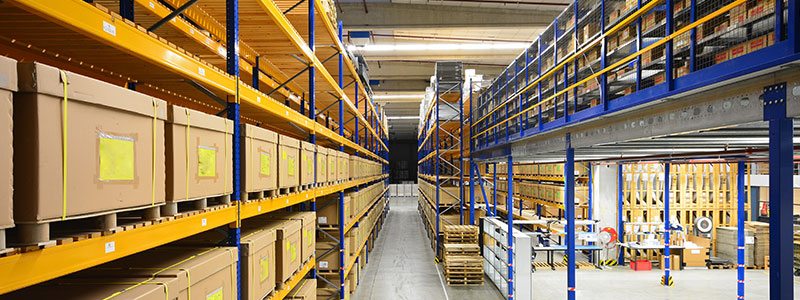
E-commerce is changing the face of consumerism, as well as the fulfilment processes that allow distribution centers to meet customer demand; demand not just for products, but also for quick delivery of those products.
As Walmart reports a 10% growth in e-commerce sales, against a slight reduction in overall sales, and other companies put more eggs into the online retail basket, it’s timely to look at the future of fulfilment and the changes it will entail.
The humble put wall will become not so humble, and its use will increase as efficiencies in the order fulfilment process are sharpened. As packing becomes more labor intensive, expect more staff to specialize in this role, again as an efficiency sharpening tool. And as delivery timeframes become increasingly tight in an attempt to build a competitive advantage, look for wave management models to become less rigid, and more capable of meeting rapid-change events and last-minute demands.
At the same time, as labor-intensive roles in areas such as packing become more prevalent, we can expect personnel cutbacks in other areas where automation can more efficiently meet the requirements of order fulfillment. Mobile robotics during the picking process may become commonplace, while automated pallet rack systems are now capable of replacing forklifts in many roles, and even able to monitor inventory levels, thanks to associated software.
Same day or next day delivery are considered standard by consumers these days, so a growing network of regional distribution centers to reduce delivery distances will become the norm. Because modern pallet rack systems can store an incredible number of items on a limited footprint, the regional fulfilment centers will probably be smaller than the monolithic hubs of today, but the ability to immediately dispatch the most requested items will not be compromised to any great degree. And, with digital warehouse management systems able to monitor regional consumer trends, stock levels can be tailor-made at fulfilment centers in different parts of the network.
In many ways, the future of fulfillment is with us now. Many of these trends are already in place, and we can expect more of them to be implemented. What we can’t predict with any great certainty is the way automation will affect fulfilment processes. Technology may lead us in any direction, and may change the face of fulfillment in unexpected ways. What we can be sure of, is that efficiency in all parts of the fulfillment process is certain to increase, whether through technology, or more specialized human input, or, as is most likely, a combination of both.


.png)

